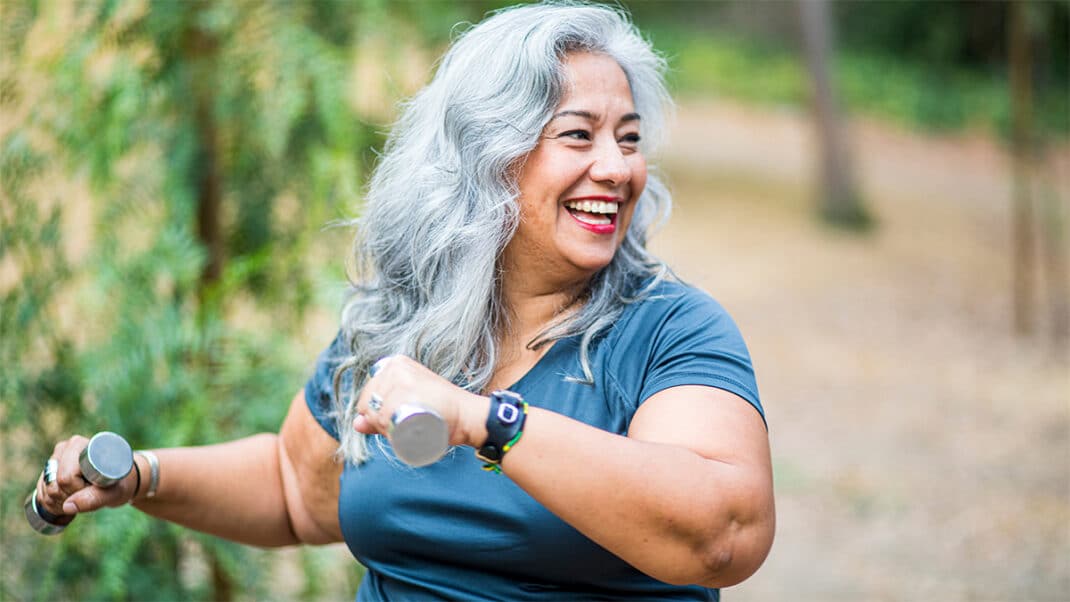Sleep Consolidates Motor Memory
Study examines mental processes during sleep.

Trainers can offer insight on deep sleep’s importance for clients seeking to improve sports performance. New research outlines the mental process for solidifying new motor skill acquisition and highlights the role of deep restorative sleep, also known as non-REM sleep, as described in Nature (2022; doi: 10.1038/s41586-022-05533-z). “Motor memory isn’t about perfect performance. It’s about predictable errors and predictable successes. As long as the errors are stable from day to day, the brain says, ‘Let’s just lock this memory in,’ says senior study author and principal investigator Karunesh Ganguly, MD, PhD, professor of neurology and member of the UCSF Weill Institute for the Neurosciences in San Francisco, California.
Researchers identified the “locking-in” process that occurs during sleep by monitoring brain activity in rats learning a new motor skill. Researchers explained that during wakefulness, the conscious brain has a “negativity bias” and focuses on failures. In contrast, during sleep, the brain brings forward successful patterns through activity in the pre-frontal cortex, the motor cortex and the hippocampus. In essence, the brain compares all actions and patterns, focuses on successful movements, and stores a “motor memory”—all during deep sleep. Researchers noted that movement patterns are stored sequentially.
Tips for “unlearning” a task include breaking the sequential pattern. Ganguly shared an example of Stephen Curry and a free throw. “If Curry usually bounces a basketball twice before he throws, it might be best to retrain the brain by bouncing it only once, or three times. That way, you’d start with a clean slate.”
See also: Exercise Improves Memory Performance
Shirley Eichenberger-Archer, JD, MA
Shirley Eichenberger-Archer, JD, MA, is an internationally acknowledged integrative health and mindfulness specialist, best-selling author of 16 fitness and wellness books translated into multiple languages and sold worldwide, award-winning health journalist, contributing editor to Fitness Journal, media spokesperson, and IDEA's 2008 Fitness Instructor of the Year. She's a 25-year industry veteran and former health and fitness educator at the Stanford Prevention Research Center, who has served on multiple industry committees and co-authored trade books and manuals for ACE, ACSM and YMCA of the USA. She has appeared on TV worldwide and was a featured trainer on America's Next Top Model.






